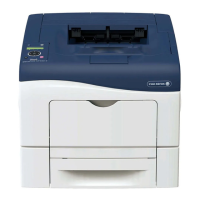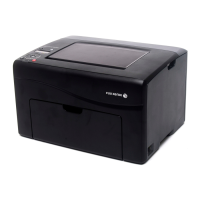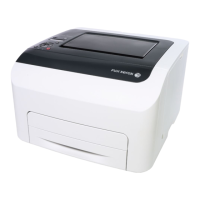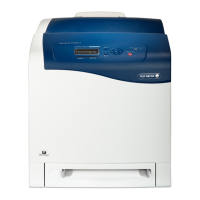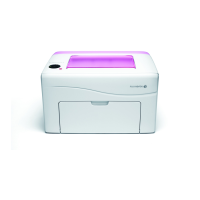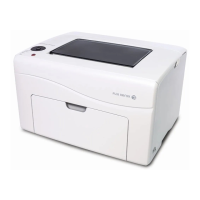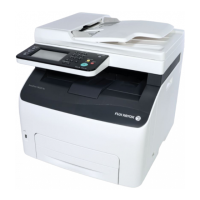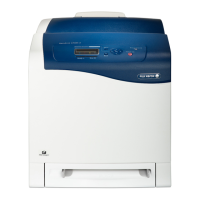9 Authentication and Accounting Features
190
Log In to Remote Accounts
Log In to Remote Accounts uses the user information registered on a remote
authentication server (LDAP, Kerberos, SMB, or ApeosWare Management Suite 2 (sold
separately), or Azure Active Directory) to perform authentication. User information is not
registered on the device.
When a user is authenticated by a remote authentication server (except for ApeosWare Management Suite 2
(sold separately)), the authenticated user can access the services through the control panel based on the
access permission information obtained from the remote server.
When you change Login Type from [Log In to Local Accounts] to [Log In to Remote Accounts], user
information and private charge print jobs registered on the device will be deleted.
Set User ID to be registered in the remote authentication server at 32 characters or less and password at 128
characters or less. However, in case of SMB authentication, set the password at 32 characters or less.
Authentication Methods
User ID Authentication
Authentication is performed using user information registered with the device or a remote
server in advance. The users are required to enter their user IDs and passwords with the
numeric keypad or the touch screen of the device.
Smart Card Authentication
Authentication is performed using the card number or user information registered on the
smart card. Register such information on the device or a remote server in advance and use
the smart card for authentication.
Authentication is performed using the smart card and IC Card Reader (optional).
Combined Use of Smart Card Authentication and User ID Authentication
You can use smart card authentication in combination with user ID authentication.
However, when [Login Type] is set to [Log In to Local Accounts], you need to enable user ID
authentication.
For information on how to enable user ID authentication, refer to "[Smart Card Reader]" (P.170).
Account Administration
Types of Account Administration
When [Log In to Remote Accounts] is set for [Login Type] and [Authentication Agent] is set for
[Authentication System], ApeosWare Management Suite 2 (sold separately) automatically is adopted as an
accounting/authentication server.
Some Accounting Types may be grayed out and not selectable depending on the selected login type. For
more information, refer to "Authentication and Accounting Relationship" (P.192).

